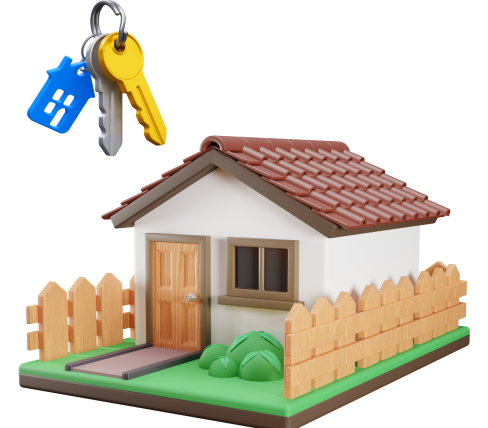Where Will Mortgage Rates Head in 2020?
One of the things that helped the housing market forward in 2019 was the fact that interest rates dropped over the course of the year, making mortgages less expensive. Experts now predict that the good times will persist throughout 2020 as interest rates will remain low. However, if the economy continues the trend that it followed at the end of 2019, this may reverse the drop in interest rates.
At the beginning of 2019, the Federal Reserve Bank had just finished its rate hike campaign. From the start of 2015 through the end of 2018, the Fed hiked rates nine separate times. The higher rates worked their way into mortgage rates and, in October 2018, mortgage rates reached an average of 4.8 percent. These were the highest rates since 2011, when borrowers had difficulty getting credit and banks were charging more to borrow because of their own financial difficulties.
Previous Fears of a Weak Economy Slash Rates
However, the Fed's interest rate hikes began to slow economic growth in 2019, and the economy looked like it was perched on the edge of a recession. As a result, the Fed began to cut interest rates and did so three times during the course of 2019. Prospects of a bleaker economy usually send interest rates lower as borrowers are not competing as much for the same capital. This began to impact mortgage rates that have now fallen more than a percentage point from their October 2018 high.
Now, the Fed appears to have engineered a soft landing, and economic indicators are picking up, led by a surging stock market. At this point, economists believe that mortgage rates will stay low for the duration of 2020 as the combination of steady growth and low inflation will permit interest rates to stay where they are for the year.
Many experts are predicting continued good times when it comes to interest rates. However, some of the economic trends of recent may not be fully factored into their numbers, and there is some room for mortgage rates to increase over the course of 2020. The bullish scenario may either be wrong or simply not factoring in recent economic numbers.
The Economy Comes Back from the Edge of Recession
The December jobs report was a major bonanza for the stock market and the economy as a whole. The economy, which was previously believed the be stalling, created over 200,000 jobs in November. As a result, the stock market, already having a gangbusters year, further extended its rally. The equities market is one of the foremost leading economic indicators. Other leading numbers have also followed the stock market. Building permits have also recently seen a spike, evidencing the fact that there will be increased economic activity in the coming year. Finally, commodities prices such as the cost of gasoline have also begun to tick up in tandem with the stock market.
All of this adds up to a scenario where the risks for the economy are to the upside as economic growth may pick back up to a level that induces inflation. While this is good for the economy as a whole, this is not the best picture for mortgage rates. There was talk after the December jobs report that the Fed may have to resume raising interest rates in 2020. Further, if building and home sales continue to pick up, there will be more competition for mortgage loans. Finally, increasing commodity prices also portend future inflation in the market. All of this adds up to a contrarian viewpoint that the recent low in mortgage rates is temporary.
Expert Forecasts for Mortgage Rates May Be Too Optimistic
Accordingly, now may be the time to act on buying a home and taking out a mortgage before rates begin to increase. Many of the overhangs that were curtailing U.S. economic growth have been lifted such as the ongoing trade war with China. Mortgage rates are at near historic lows, and it is optimistic to predict that they will remain down here for a prolonged period of time.
Of course, if the bearish forecasts of a coming recession prove to be right, mortgage rates will not only stay this low, but will continue to drop as the Fed is forced to keep cutting rates. However, with the ten-year Treasury Bond at practically an all-time high, there is not any more room for mortgage rates to drop much further.









